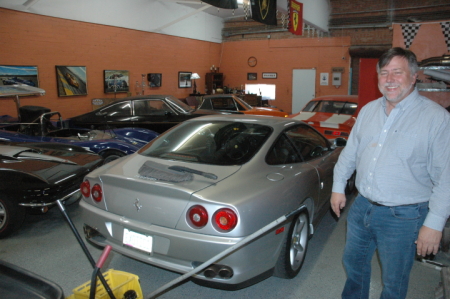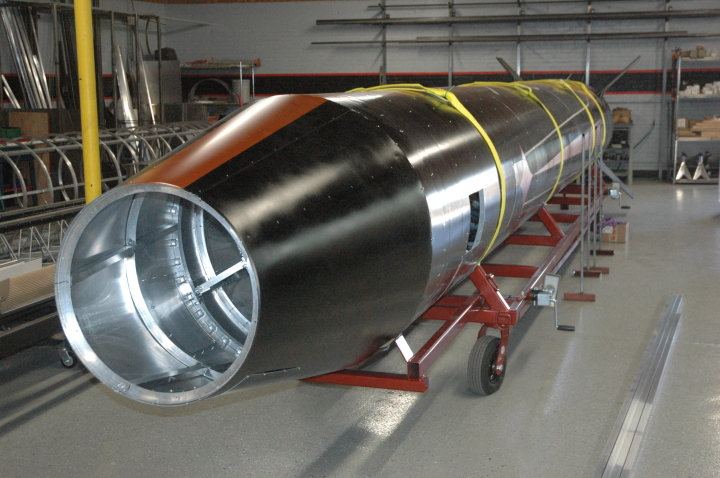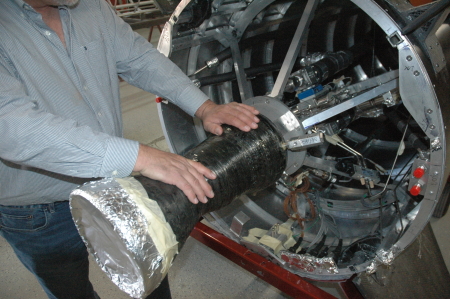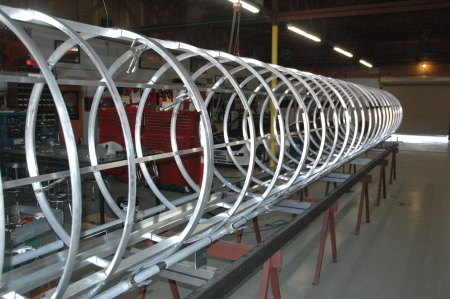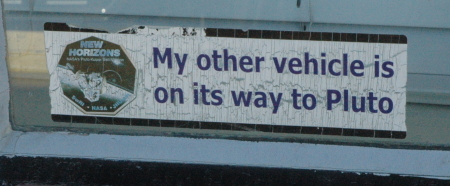The Israeli finalist in the Google Lunar X-Prize is out of the running
The Israeli team for the Google Lunar X-Prize, one of the five finalists, can no longer win the race because its SpaceX launch will not take place before the end of the year.
SpaceIL, formed by veterans of the Israeli tech sector, will not be able to launch by the year-end deadline set by the race’s organizers, according to Spaceflight Industries, the space transport company hired to carry the team’s spacecraft on a Falcon 9 rocket launch it purchased from SpaceX.
A Spaceflight executive tells Quartz that SpaceIL’s rocket is still in the launch queue but will be unable to launch before 2018, effectively scotching SpaceIL’s chance at the contest barring a last-minute extension to the deadline.
The article does a nice job of summarizing the situation for all five finalists, all of which appear to have problems that could prevent them from flying before the deadline at the end of 2018. It also notes that an extension could also be granted, as has happened twice before.
The Israeli team for the Google Lunar X-Prize, one of the five finalists, can no longer win the race because its SpaceX launch will not take place before the end of the year.
SpaceIL, formed by veterans of the Israeli tech sector, will not be able to launch by the year-end deadline set by the race’s organizers, according to Spaceflight Industries, the space transport company hired to carry the team’s spacecraft on a Falcon 9 rocket launch it purchased from SpaceX.
A Spaceflight executive tells Quartz that SpaceIL’s rocket is still in the launch queue but will be unable to launch before 2018, effectively scotching SpaceIL’s chance at the contest barring a last-minute extension to the deadline.
The article does a nice job of summarizing the situation for all five finalists, all of which appear to have problems that could prevent them from flying before the deadline at the end of 2018. It also notes that an extension could also be granted, as has happened twice before.

